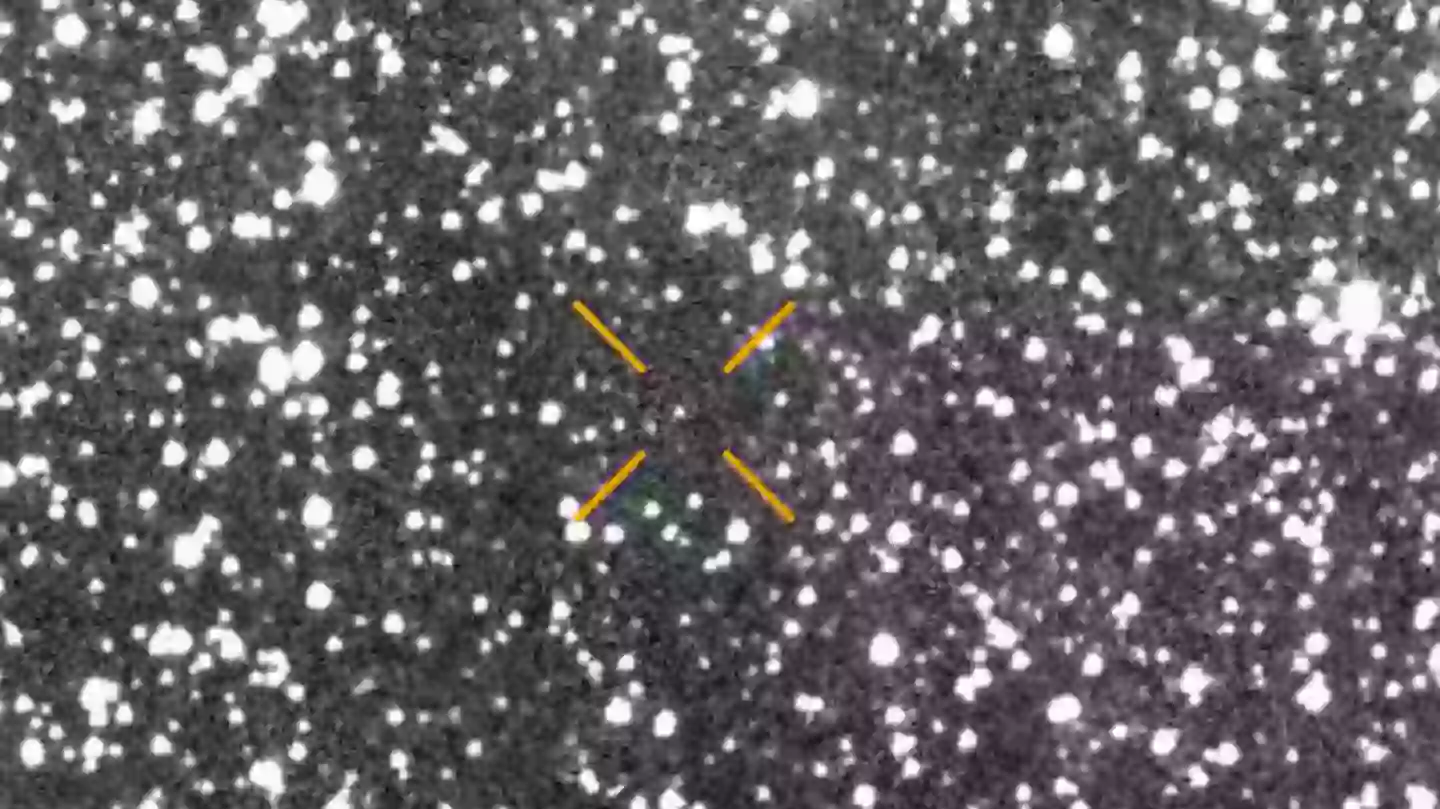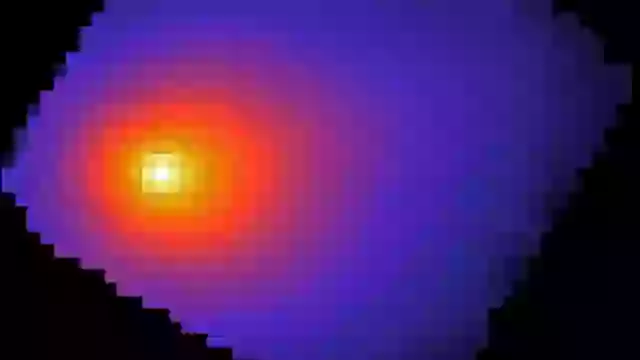Scientists have discovered that the mysterious space object moving rapidly toward Earth is even more unusual than they first thought. Known as 3I/ATLAS, this large interstellar visitor was detected in July by the NASA-funded ATLAS telescope in Chile. It is only the third confirmed object coming from beyond our solar system, following Oumuamua in 2017 and Borisov in 2019.
Measuring about seven miles (11.2 kilometers) wide, 3I/ATLAS moves at an extraordinary speed of over 41 miles per second and is traveling too fast to be held by the Sun’s gravity. This led to early concerns, with some describing it as “possibly hostile,” fearing the object could cause harm to Earth.

Harvard physicist Avi Loeb suggested the unsettling idea that 3I/ATLAS might not be natural, theorizing it could be an alien mothership. He even considered sending a message to the object but warned it might not be safe, as it could view humanity as a threat.

Other experts, including NASA, agree the object is simply a comet, expected to make its closest approach to the Sun around Halloween before leaving our neighborhood forever.
Thanks to new observations from NASA’s James Webb Space Telescope, scientists have learned more about the gases surrounding the object. Remarkably, its coma—the cloud of dust and gas around the comet—is dominated by carbon dioxide rather than water vapor, which is typical of comets from our solar system. The carbon dioxide to water ratio is about 8 to 1, one of the highest ever observed.

This unusual composition might mean the comet formed in a colder region of its home system where carbon dioxide ice freezes easily. Alternatively, its water ice could be buried so deep that sunlight doesn’t heat it enough to release much vapor. Another possibility is that the comet has been exposed to higher radiation levels over time, altering its chemical makeup.
Whatever the cause, 3I/ATLAS offers scientists a rare chance to study materials from outside our solar system—alien ship or not.


